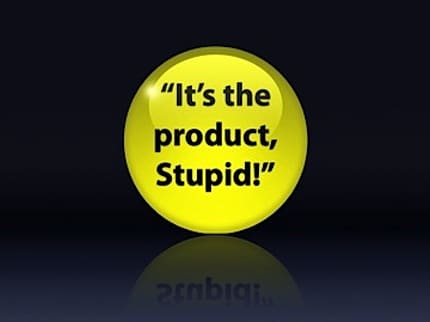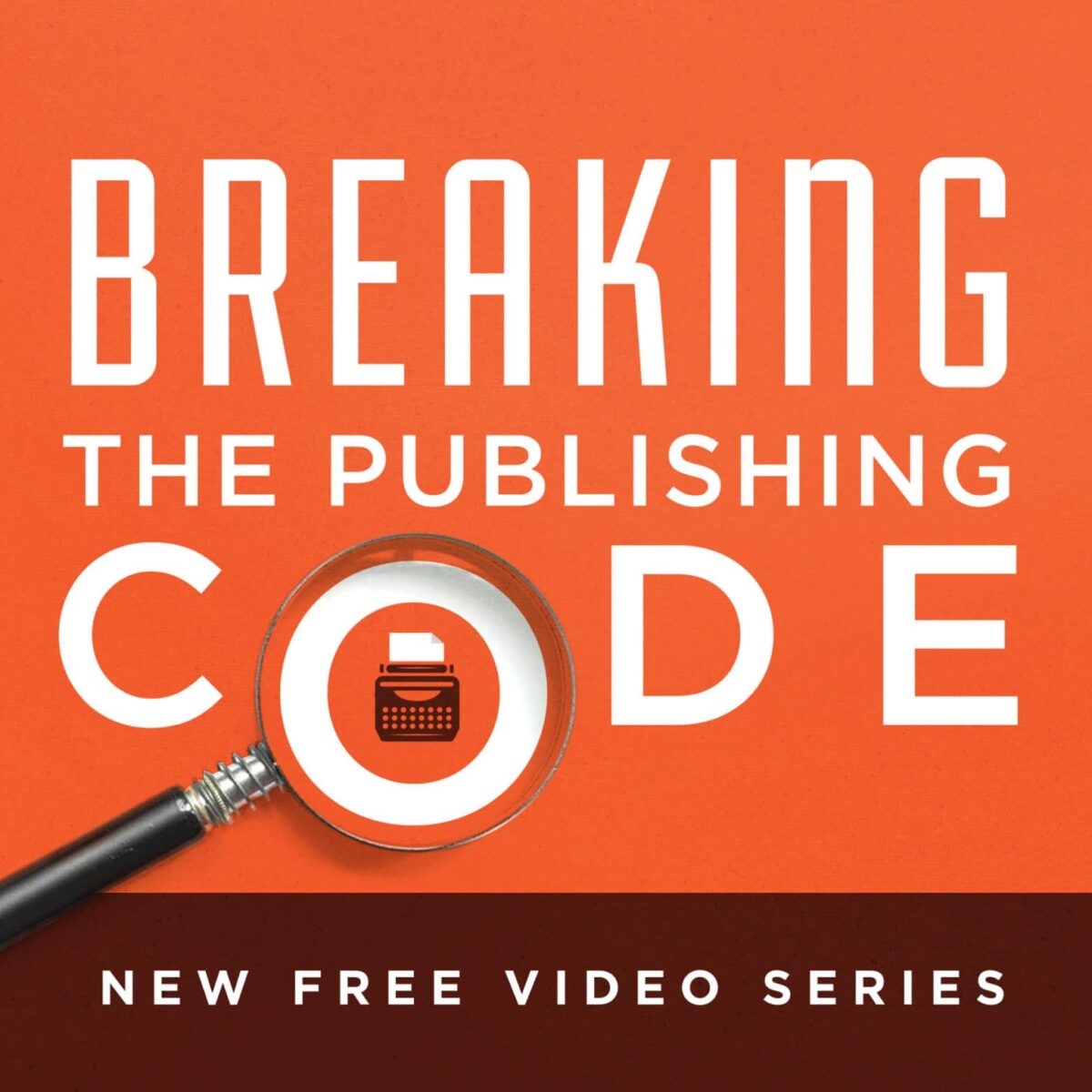One of my favorite marketing gurus, David Ogilvy, once wrote, “Great marketing only makes a bad product fail faster.” How true.

I have argued for years that, “It’s the product, Stupid.” The secret to success in any business is to deliver a great, compelling product. No amount of marketing savvy, salesmanship, or operational excellence can overcome a weak product. This is especially true when it comes to publishing.
The purpose of marketing is to get a book launched—to prime the pump. But if people don’t want to read it and—more importantly—if they won’t recommend it to their friends, you’re hosed. You can’t spend enough money or be creative enough to overcome a lack of word-of-mouth marketing.In light of this, it was fascinating to watch Apple’s introduction of the iPhone last week. Like millions of other Mac fans, I read all the articles and even worked my way through Apple’s slick, interactive Web site. I thought to myself, Very cool. I definitely want one of these. But I also thought, I can wait until the second generation. Let them work the bugs out first.
But then I watched Steve Job’s keynote presentation from MacWorld. (You can download this for free from iTunes. If you are involved in any aspect of product development, this is a must-watch video.) Almost immediately, I fell under his spell. You really have to watch Steve demo this product to fully appreciate it. It’s mind-blowing.
I think there are at least three things that any company can learn from Steve’s keynote:
- Create products that you would personally use. When you’re watching Steve, you get the sense that he loves the product. He is so familiar with it, because he has been using it. He thinks it is “way cool,” and he’s not afraid to say so. He sprinkles words like “awesome,” “incredible,” and even “magical” throughout his speech. He exhibits the wonder of a five-year-old on Christmas morning. You really believe him. He’s not trying to sell you something. He’s simply sharing the experience.
What about the products you create? If you’re in the publishing business, how about the books you publish? Do you even read the stuff you publish? Would you recommend your books enthusiastically to a friend? Do you really love these products or are you only trying to meet some arbitrary SKU quota or generate revenue?
What if we stopped publishing stuff that didn’t capture our imagination? My guess is that our SKU counts would drop dramatically. And, well they should. The world doesn’t need more books. It needs better books.
- Create products that solve problems in unexpected ways. It was interesting to watch some of the biggest cell phone manufacturers get hammered in the press the week before the iPhone was announced. They essentially said, “We’ve saturated the market. There’s nothing compelling left to build. Investors need to get used to the idea of slower revenue growth and tighter margins. From this point forward, competition is going to be brutal.”
Then Steve announced a new phone that essentially re-invented the category. Not surprisingly, Apple’s stock soared. Motorola, Nokia, and Samsung’s took a dive.
Apple wasn’t content to create a phone that just had additional features. They completely re-thought the solution—from the ground up. They put themselves in the user’s place and refused to be constrained by the past. They didn’t start with the technology. They started with the dream and then went in search of technology. This is a completely different way of doing business.
As product developers, I think we too often think “inside the box.” We let the past constrain us. We don’t get in the consumers shoes and ask, “What would make this really cool?” “What would take this to a whole new level?” “What would we create if the limits of current technology weren’t an issue?” We have to get “outside the box” and learn to dream again.
- Create products that exceed our customers’ expectations. As I watched Steve’s presentation, I couldn’t help but notice the crowd. They were on the edge of their seats. It was like they were watching a master magician. As Steve demonstrated each new feature, the crowd erupted in spontaneous applause. To my surprise, I found myself laughing with glee. I felt like a kid again. Most of all, I wanted one of those phones!
Part of the charm is that everything is executed with such amazing simplicity and elegance. Every icon on the phone is understated but beautiful. Every feature is easy-to-use, but not complex. Everything seems not only as good as Apple could make it, but as good as Apple could imagine it.
What about our products? How often have we rushed something to press with a sigh and a collective, “Well, I guess that will have to do. It’s not great but it’s good enough.”
We don’t start with a lofty vision. We have become content with mediocrity. We aim low and execute even lower!
It’s time to get the passion back. We have to raise the standard. We have to shoot for the moon. We need to push one another and our authors to deliver great manuscripts. That’s where it starts. We have to create head-turning packaging. We must publish books that we are delighted—yes, delighted!—to read ourselves and proud to pass on to others.
If we would do that, think how much easier everything else becomes. Apple spent a fortune on product development. But they haven’t yet spent much on marketing. Nevertheless, they got more press coverage than the entire Consumer Electronics Show that was going on simultaneously in Las Vegas. They have proven beyond a shadow of a doubt that “It’s the product, Stupid.” Let's take a lesson from their play book.
Disclosure of Material Connection: Some of the links in the post above are “affiliate links.” This means if you click on the link and purchase the item, we will receive an affiliate commission. Regardless, we only recommend products or services we use and believe will add value to our readers. We are disclosing this in accordance with the Federal Trade Commission’s 16 CFR, Part 255: “Guides Concerning the Use of Endorsements and Testimonials in Advertising.








